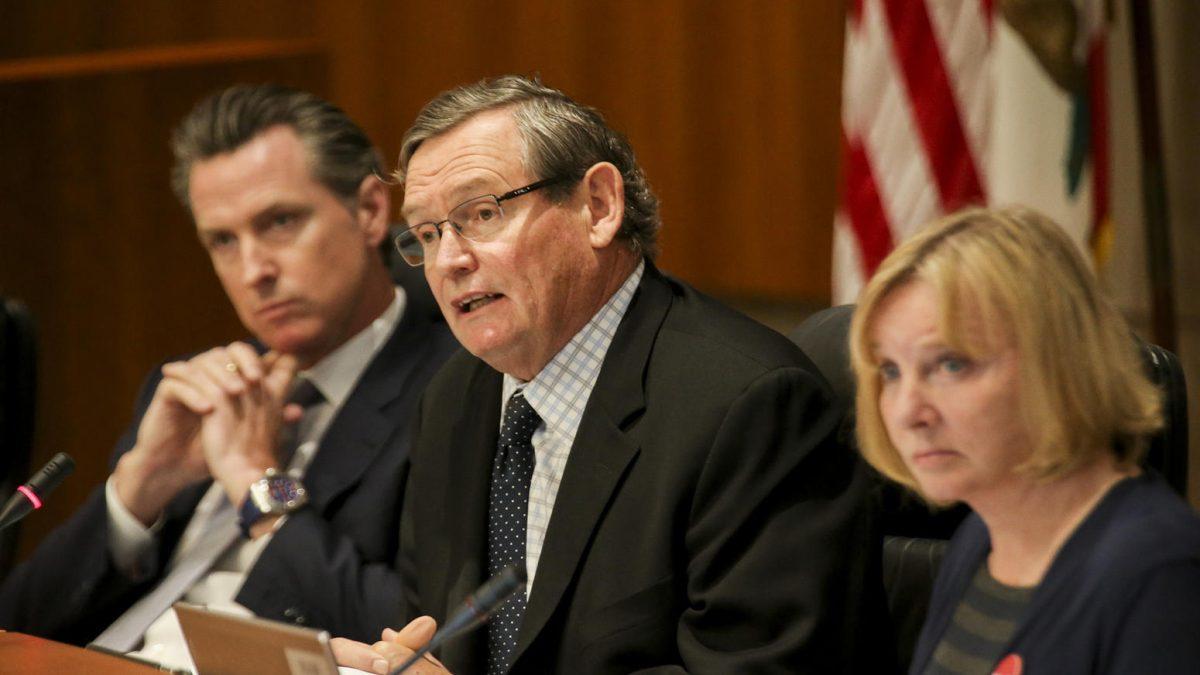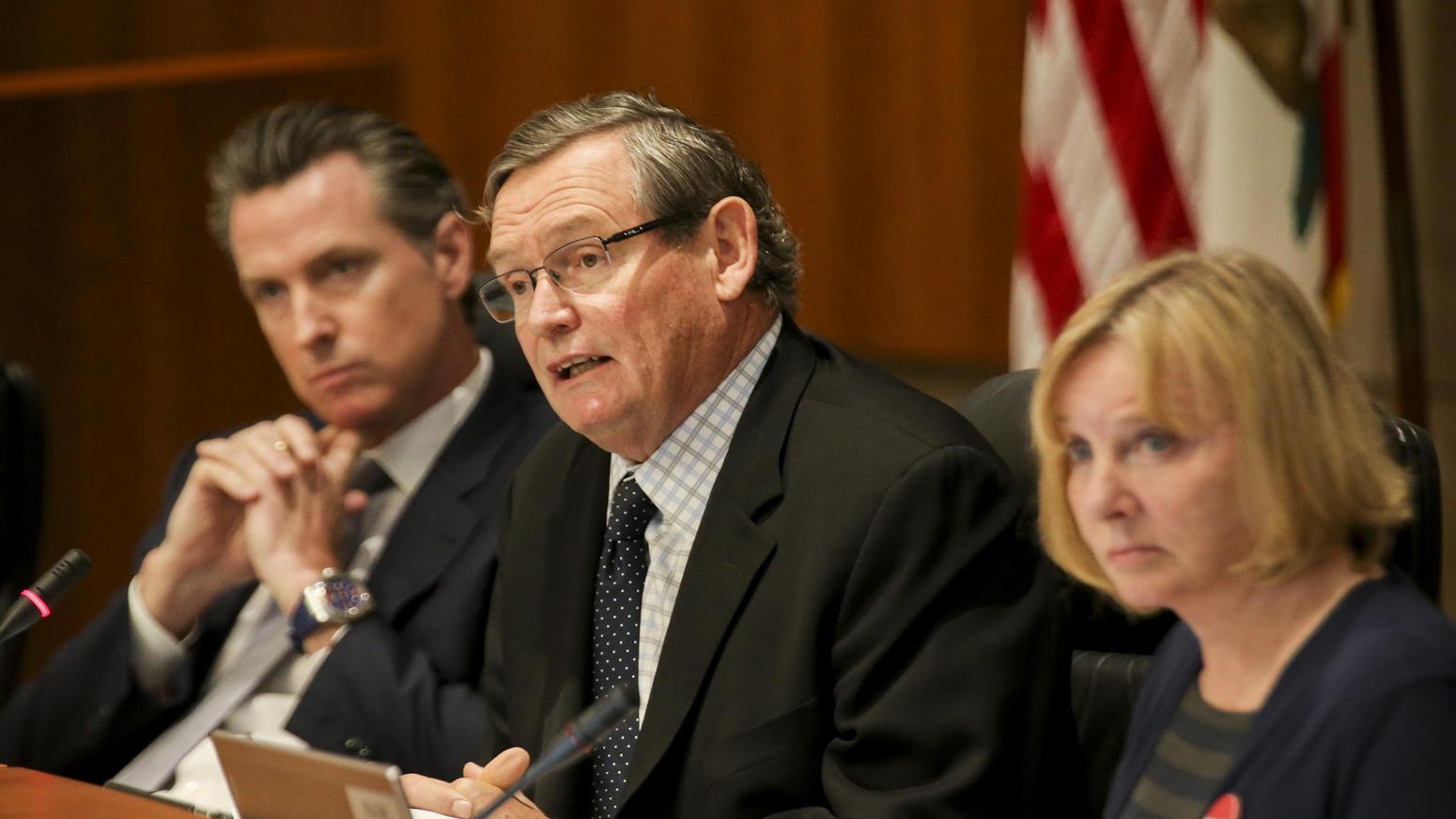“I’ve always had to pay my student fees in full, so I really hope the benefits of the graduation initiative outweigh the extra cost I have to pay now.”
Those words by Jenna Valle-Riestra, a junior communications major at Sonoma State University, describe what many Sonoma State students are feeling as they prepare to pay an additional $270 in tuition fees. Students and faculty at Sonoma State had mixed reactions to the increase, approved March 22 by the California State University board of trustees, for all 23 Cal State campuses beginning in the fall. The current average tuition is $5,472.
In return, the California State University system has promised a more direct path toward four-year graduation for every student from the moment they decide to attend a CaliforniaState University.
Graduation Initiative 2025 is a push from the CSU board of trustees to increase four-year graduation rates and improve student retention, as well as close equity gaps between low-income students and the rest of the student population. It comes on the heels of a similar initiative launched in 2009 that achieved its goal of increasing the graduation rate for first-time incoming CSU freshmen from 46 percent to 54 percent.
The four-year graduation rates of first-time freshmen are much lower, but have steadily increased since 2008 from 16.2 percent to 19.1 percent in 2011, and are projected to continue rising. The graduation rates after 4 years follow a similar upward trend and are much higher, with five-year graduation increasing from 40.1 percent in 2008 to 46.8 percent in 2010.
Comparatively, Sonoma State’s first-time freshmen graduation rates in four years are higher, staying around 28 percent from 2008 to 2011. A CSU report said for transfer students who entered in fall 2011, Sonoma State had by far the highest two-year graduation rate at 47.4 percent, with the next highest school at 36 percent.
According to documents released by the CSU, the goal of Graduation Initiative 2025 is to increase the four-year graduation rate for first-time freshmen to 40 percent, the six-year graduation rate for first-time freshmen to 70 percent, the four-year graduation rate for transfer students to 85 percent and the two-year graduation rate for transfer students to 45 percent.
There are three different parts to the plan. After a third of the additional $77.5 million from the tuition increase is set aside for financial aide, CSU campuses will hire more faculty, make more classes available and increase the effectiveness of advising.
As the public relations and communications coordinator for Sonoma State’s Career Services, Riestra said she thinks advising would be the most effective way to increase graduation rates. “I would have benefitted a lot from better quality and availability of advising my freshman year,” she said. “Having more guidance would have made things much easier.”
“Second to advising I would say opening more classes is really important,” Riestra said. “It’s really unfortunate how many people have to stay longer than they should, just because they don’t get the classes they need.”
Shaina Dehart, a junior environmental science major who transferred to Sonoma State from Santa Rosa Junior College, had mixed feelings about the graduation initiative. “I don’t want to pay any more than I have to; I could barely afford tuition this semester,” Dehart said, “but if paying an extra $270 a year would ensure I graduate in two years, I think it’s worth it. I have already missed a couple opportunities because the classes I need to graduate were full.”
“To me, all three steps are very important,” said Emily Acosta Lewis, a professor in the Communication Department, “but they are one in the same. Hiring more tenure-track faculty will lead to having more advisors and will allow us to teach more classes. The more faculty we have, the more flexibility we have with the classes that can be taught, and the faster we can get students through the classes they need to graduate.”
Gary Delsohn, interim communications director for SSU President Sakaki, said the president is committed to improving retention and graduation rates for all Sonoma State students.
“The campus has taken a number of substantive steps that are consistent with the CSU Graduation Initiative 2025,” Delsohn said.
“The campus has never before mounted a contact campaign for the purposes of increasing graduation rates,” Delsohn said. “We have started something called ‘Hi-Touch Advising,’ where faculty and staff reach out to students with 103-plus units with a goal of reducing any barriers they may have faced for timely graduation.”
“This fall we contacted about 800 individual students under this initiative,” he said. “In addition, the Provost’s Office and the School of Extended and International Education have collaborated to provide scholarships for students with 103 plus units, usually in the amount of $500, to defray the costs of winter intersession courses.”
Delsohn said he has high hopes for these changes
“While we don’t yet know the exact impact of all these changes, we do know that graduation applications are up 11 percent compared to a running average of the three prior years, so we are optimistic,” he said.





![[Both photos courtesy of sonoma.edu]
Ming-Ting Mike Lee stepped in as the new SSU president following Sakakis resignation in July 2022](https://sonomastatestar.com/wp-content/uploads/2024/04/CC4520AB-22A7-41B2-9F6F-2A2D5F76A28C-1200x1200.jpeg)



























